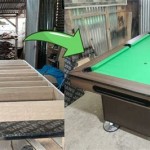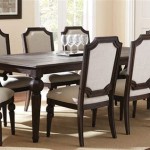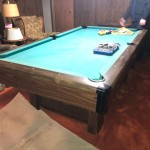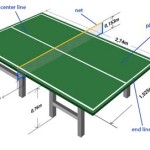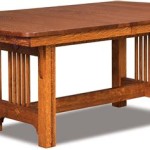Essential Considerations for Choosing Lumber for Raised Vegetable Beds
Raised vegetable beds offer numerous advantages for home gardeners, including improved drainage, soil health, and accessibility. Selecting the right lumber for constructing these beds is crucial to ensure their longevity and effectiveness. Here are some essential factors to consider when choosing the best lumber for raised vegetable beds:
1. Durability and Resistance to Decay
The lumber you choose should be able to withstand the harsh outdoor elements, such as moisture, insects, and rot. Pressure-treated lumber, which has been infused with preservatives, is a reliable option. Cedar, redwood, and cypress are naturally resistant to decay and have a long lifespan.
2. Thickness and Strength
The thickness and strength of the lumber will determine the stability and load-bearing capacity of your raised beds. For beds that will hold heavy soil and plants, choose lumber that is at least 1 inch thick. Thicker lumber, such as 2 inches, provides even more strength and durability.
3. Split Resistance
As the lumber expands and contracts with changes in temperature and humidity, it can split and weaken the bed. Choose lumber that is known for its split resistance, such as cedar or redwood. Pressure-treated lumber is also less prone to splitting.
4. Toxicity and Leaching
Avoid using lumber that has been chemically treated with harmful substances that could leach into the soil and contaminate your plants. If you are using pressure-treated lumber, make sure it is certified for use in food contact.
5. Appearance and Style
Consider the aesthetic appearance of the lumber and how it will complement your garden design. Cedar and redwood have a beautiful natural color and grain pattern. Pressure-treated lumber can be painted or stained to match your preferences.
Conclusion
By choosing the right lumber for raised vegetable beds, you can create a sturdy and long-lasting growing environment that will enhance your gardening experience. Consider factors such as durability, thickness, split resistance, toxicity, and appearance to make an informed decision. With proper care and maintenance, your raised vegetable beds will provide years of bountiful harvests.

Raised Garden Bed Woodlogger

Build A Raised Garden Bed With Treated Wood Tague Lumber

Raised Garden Bed Materials Figure Out Your Diy Setup

Raised Beds For Your Garden Framing Materials Finegardening

Selecting The Right Material For Your Raised Bed Garden Milorganite

A Stylish Raised Bed Almost Anyone Can Build Finegardening

How To Build A Wood Raised Garden Bed Gate

Treated Wood In The Landscape Home Garden Information Center

How To Make A Garden Raised Bed Harvest Table

Raised Bed Garden Construction Part 2 From The Ground Up Impatient Gardener




